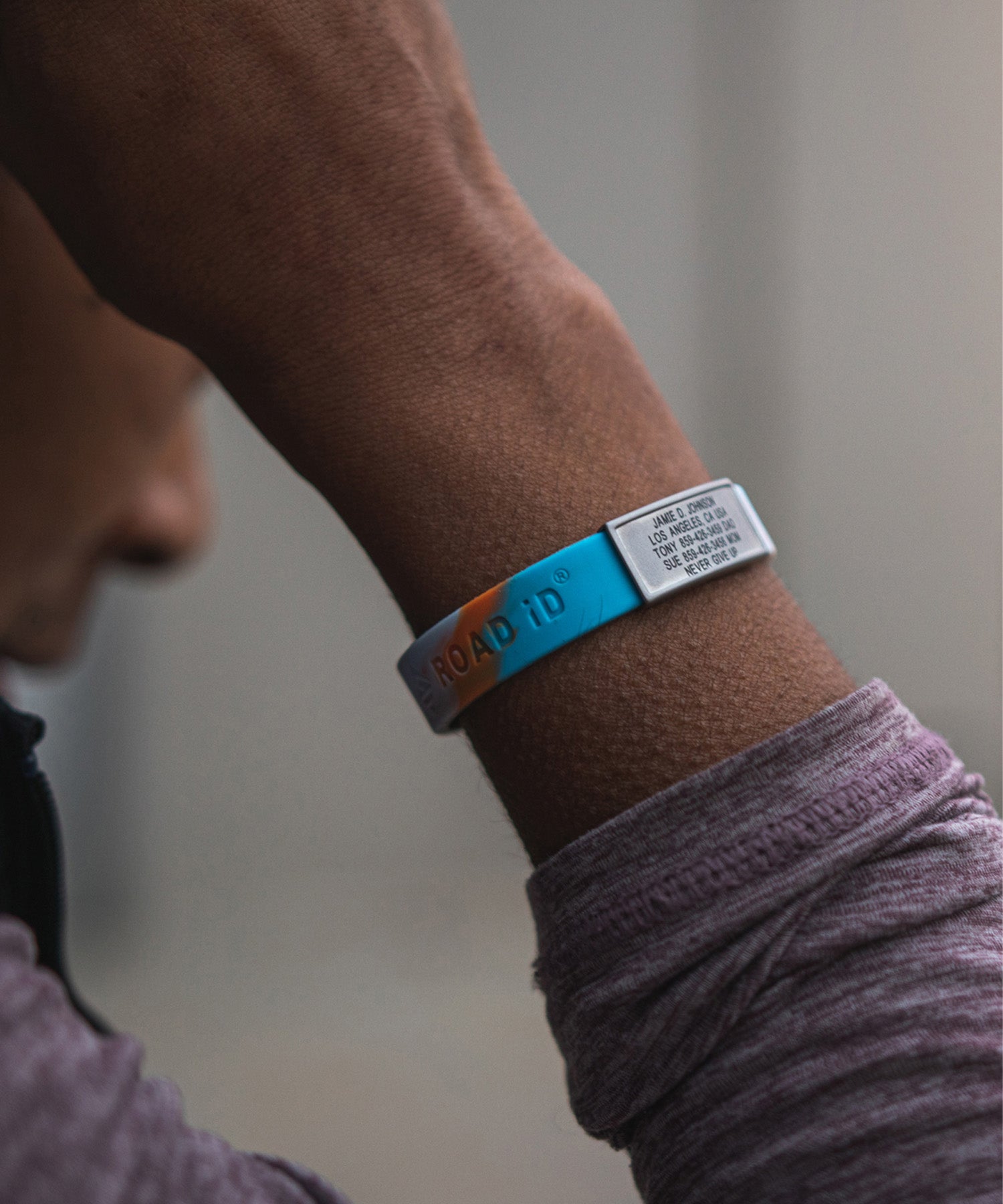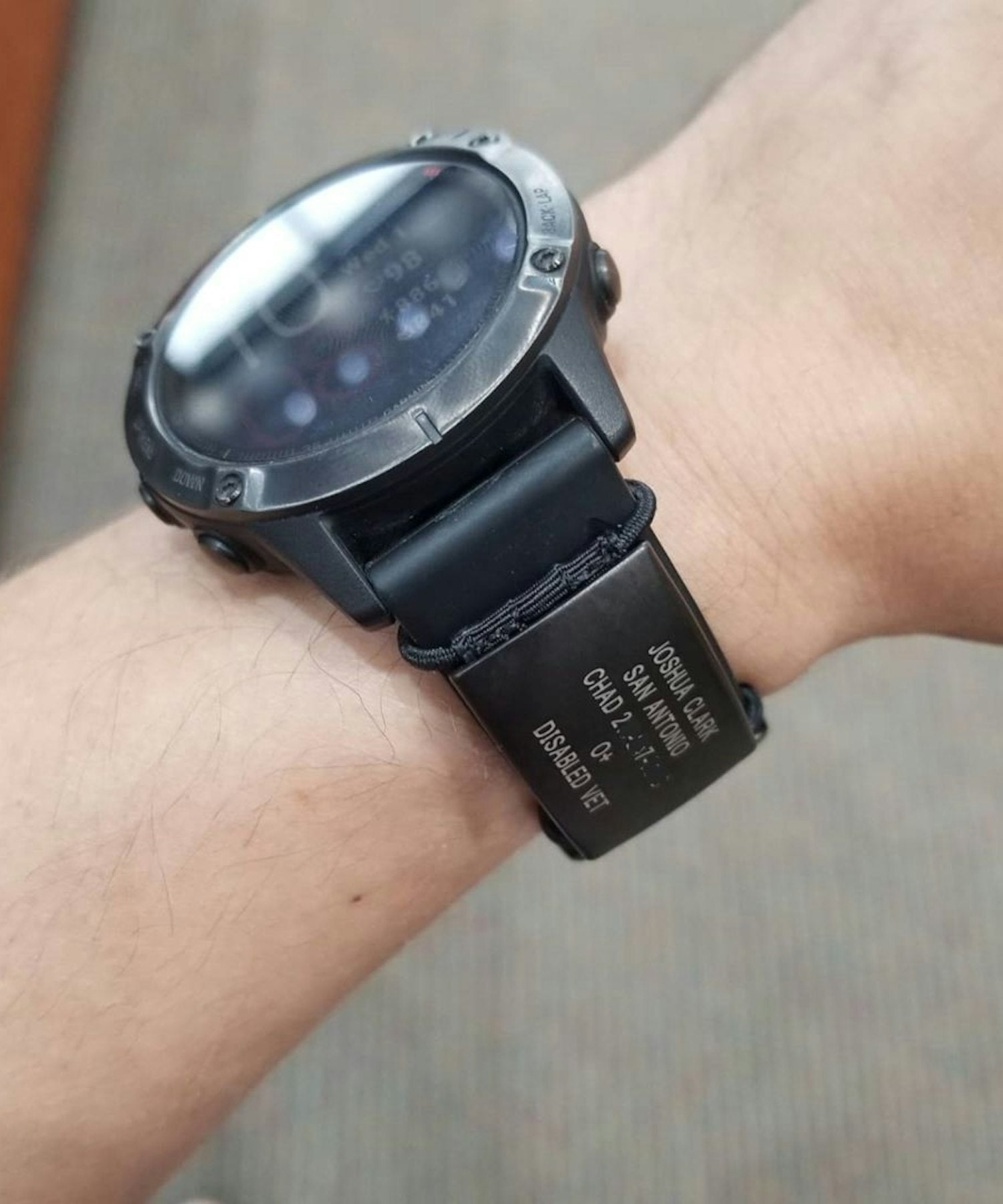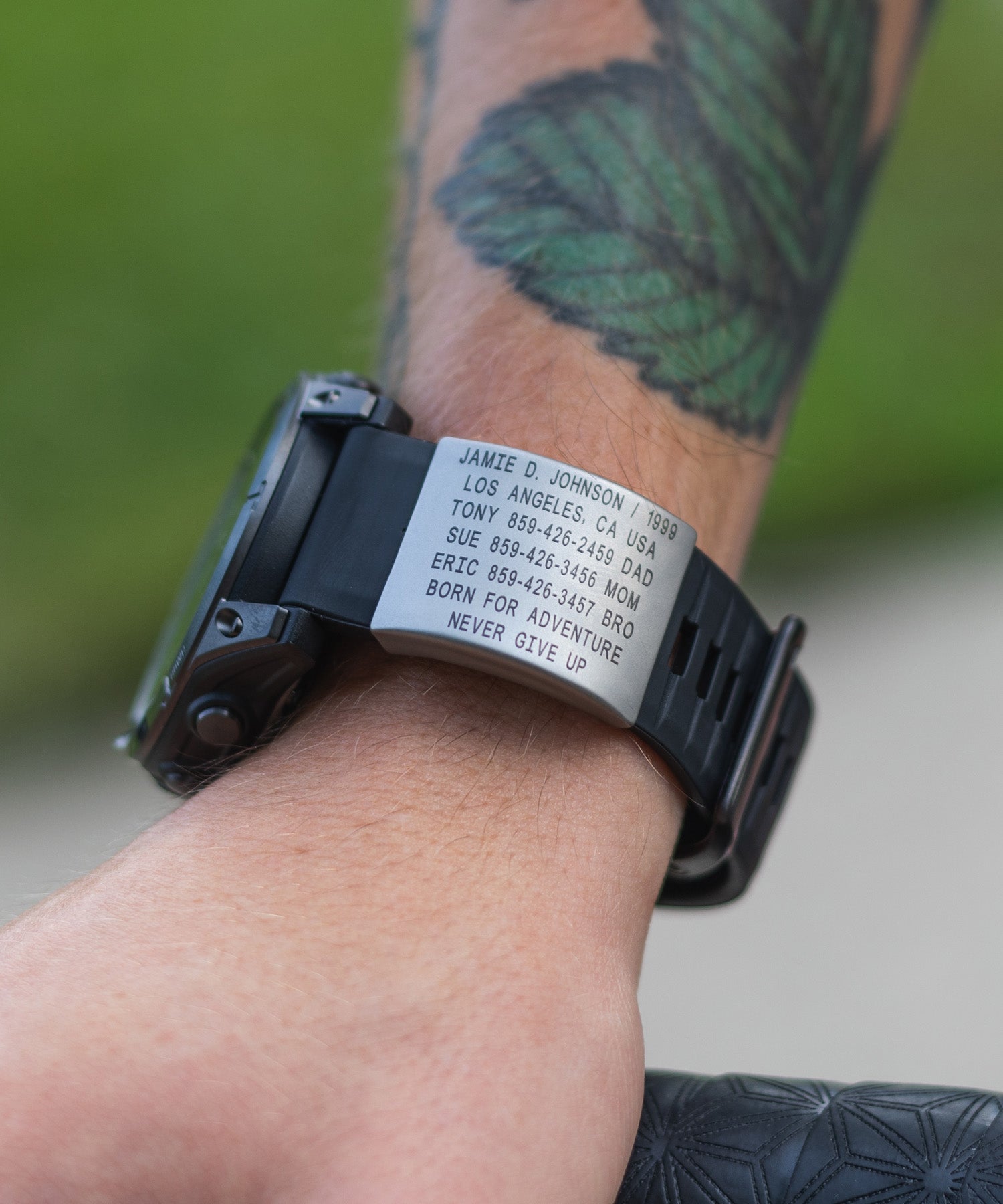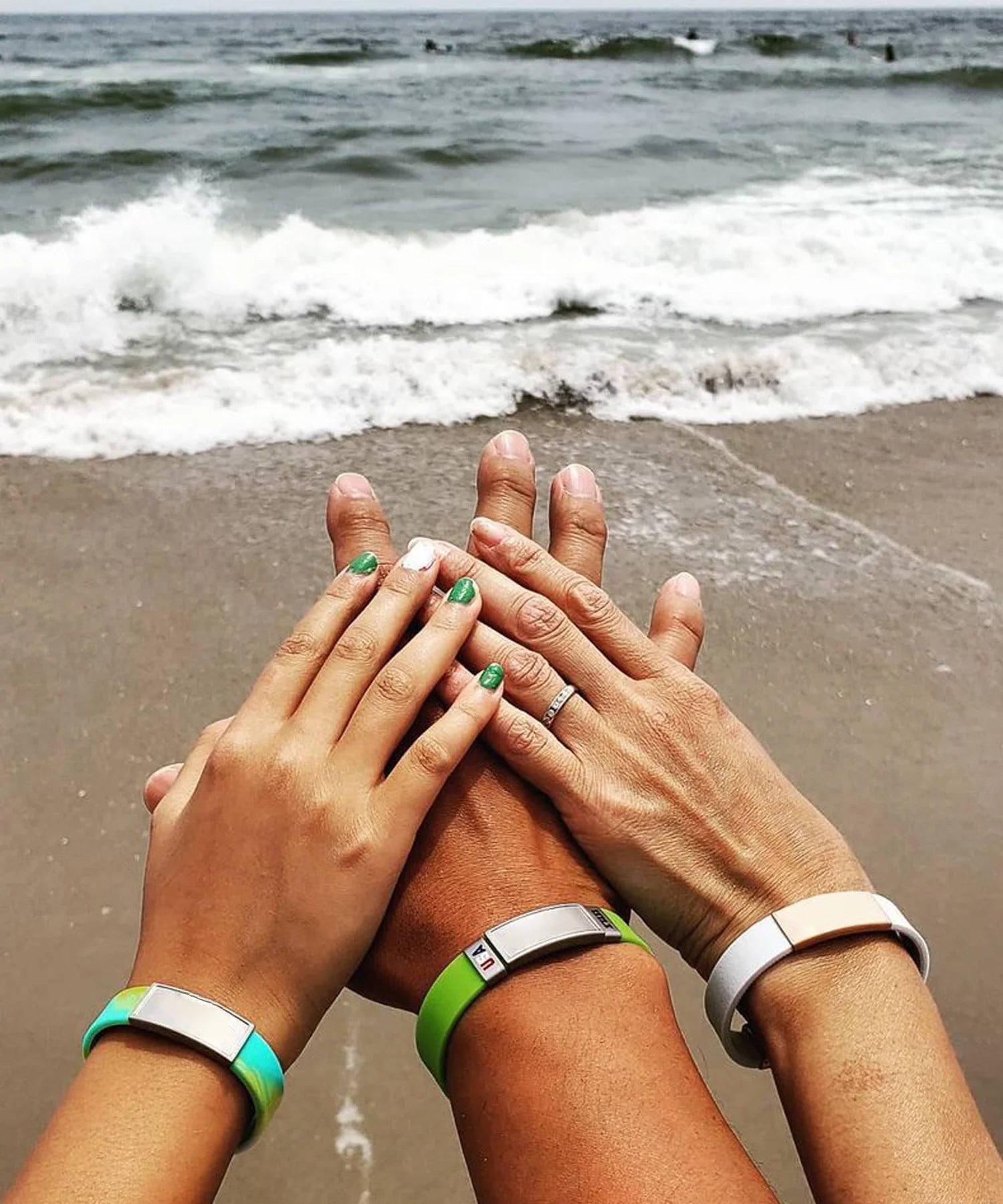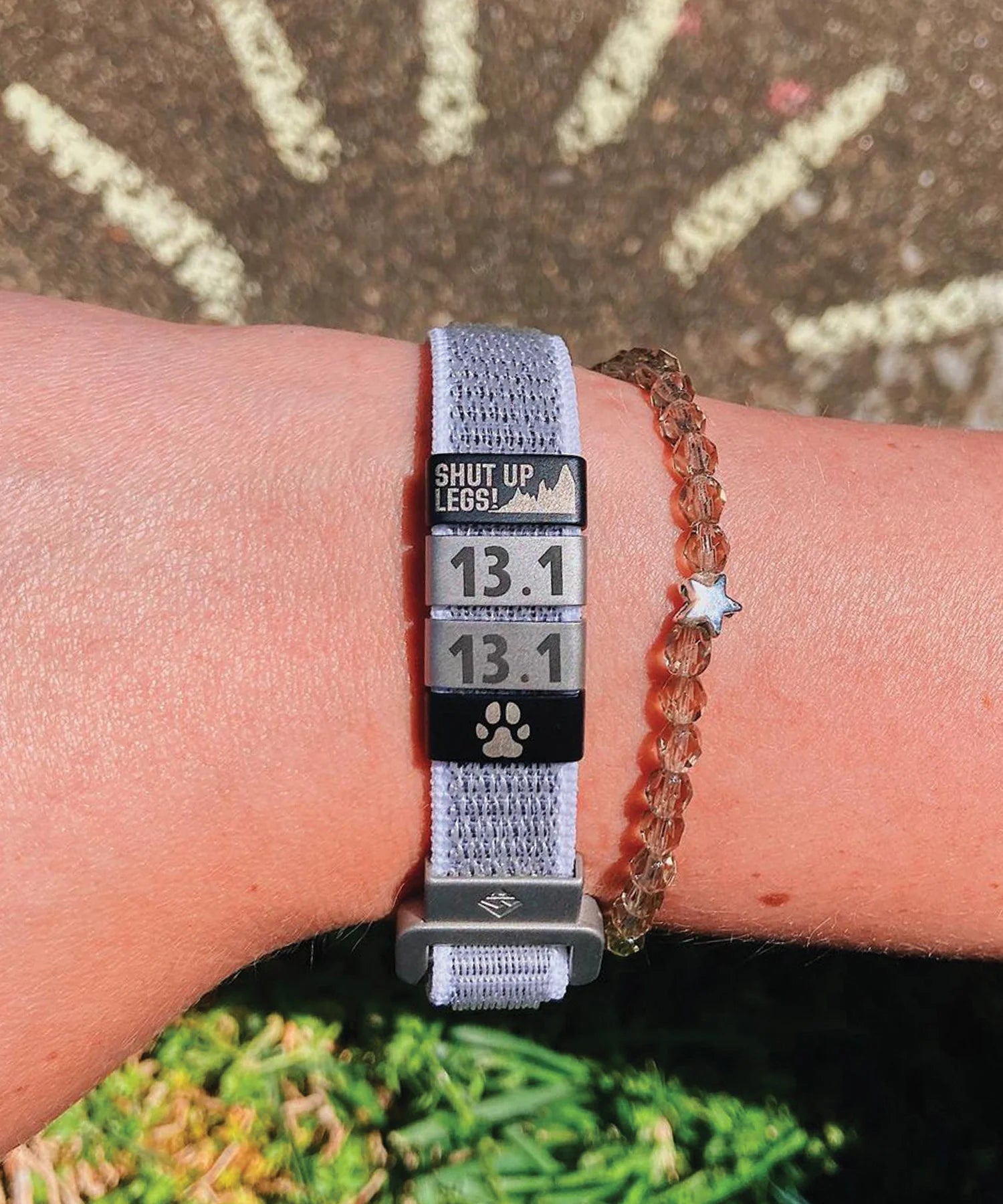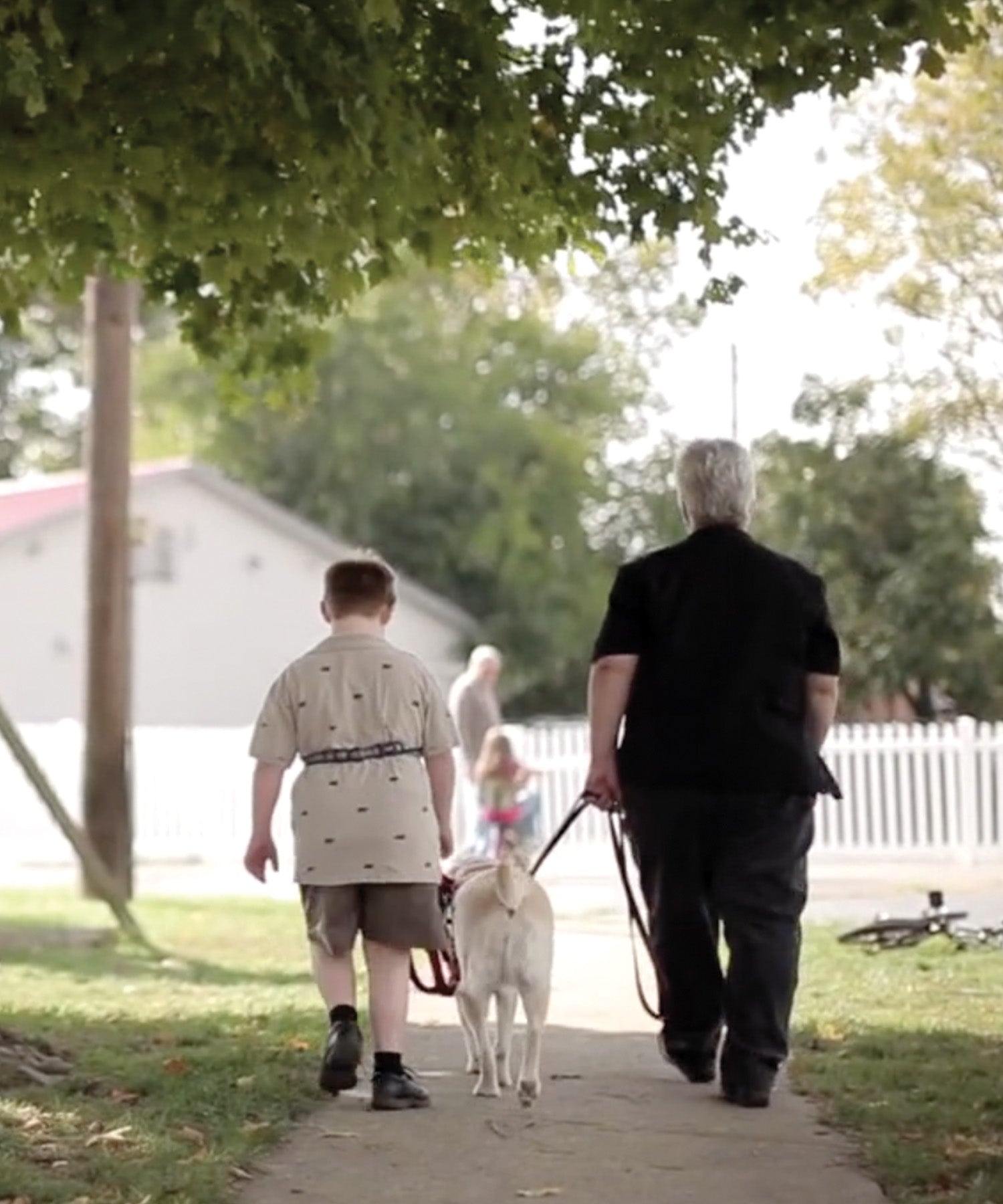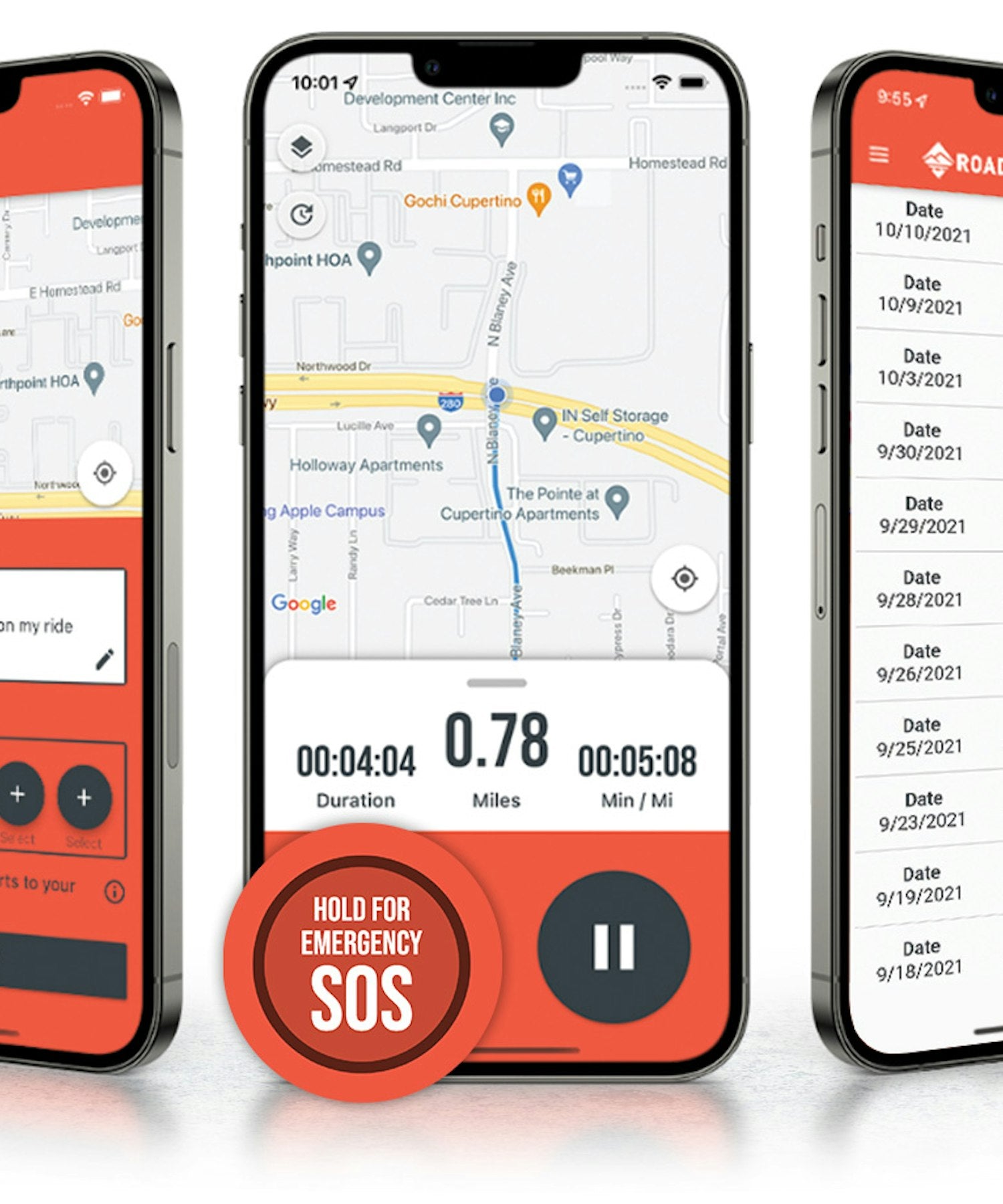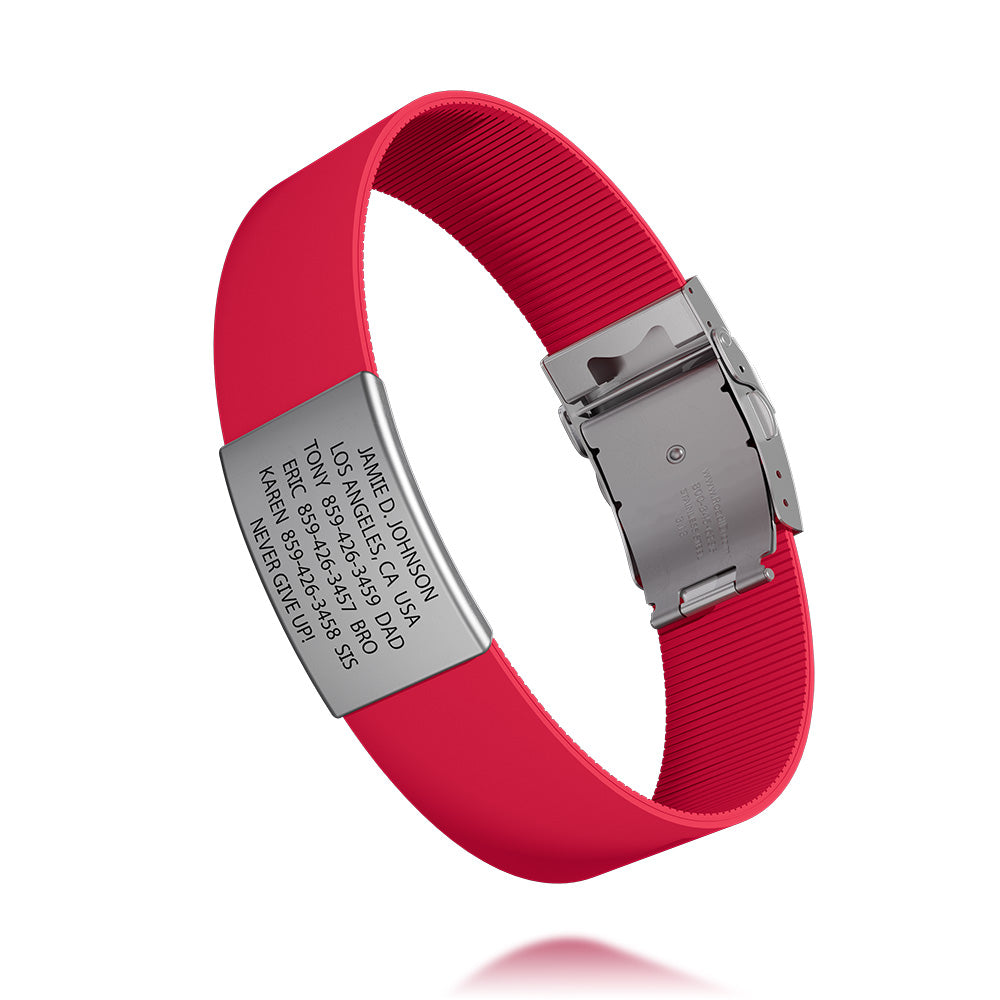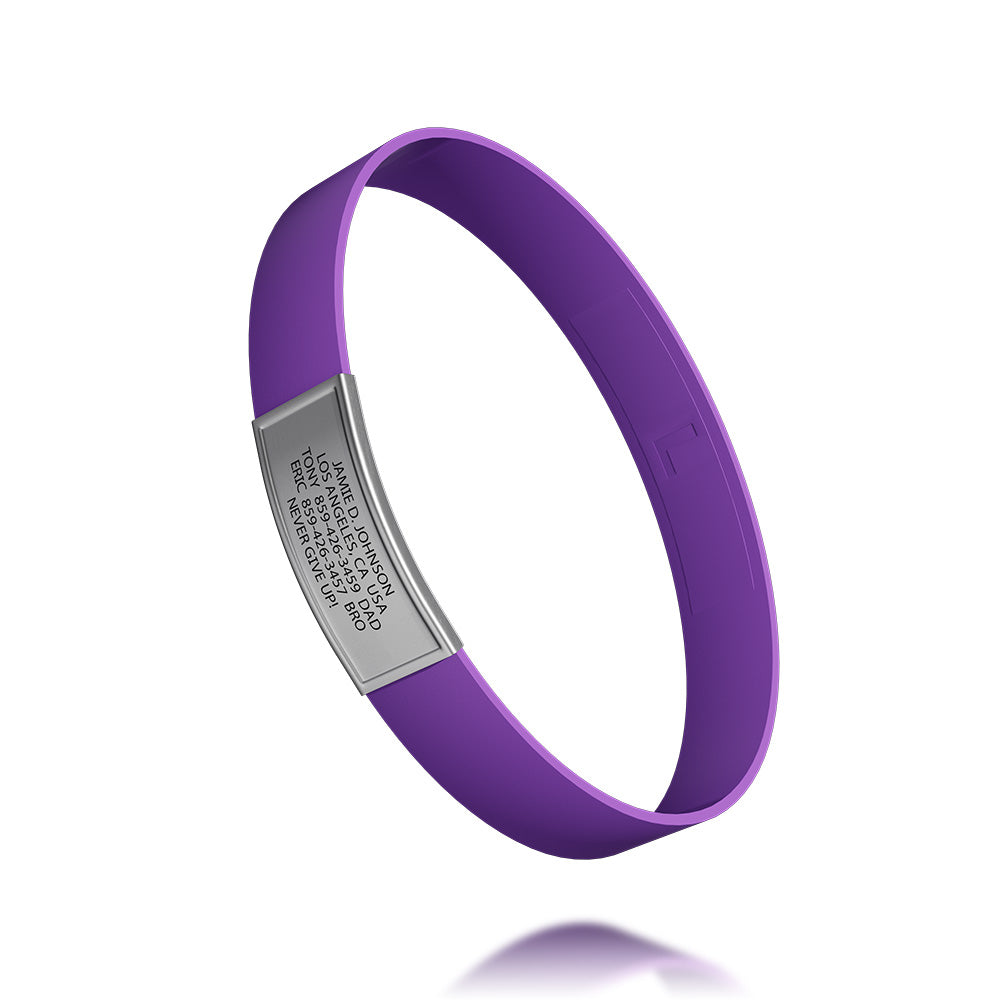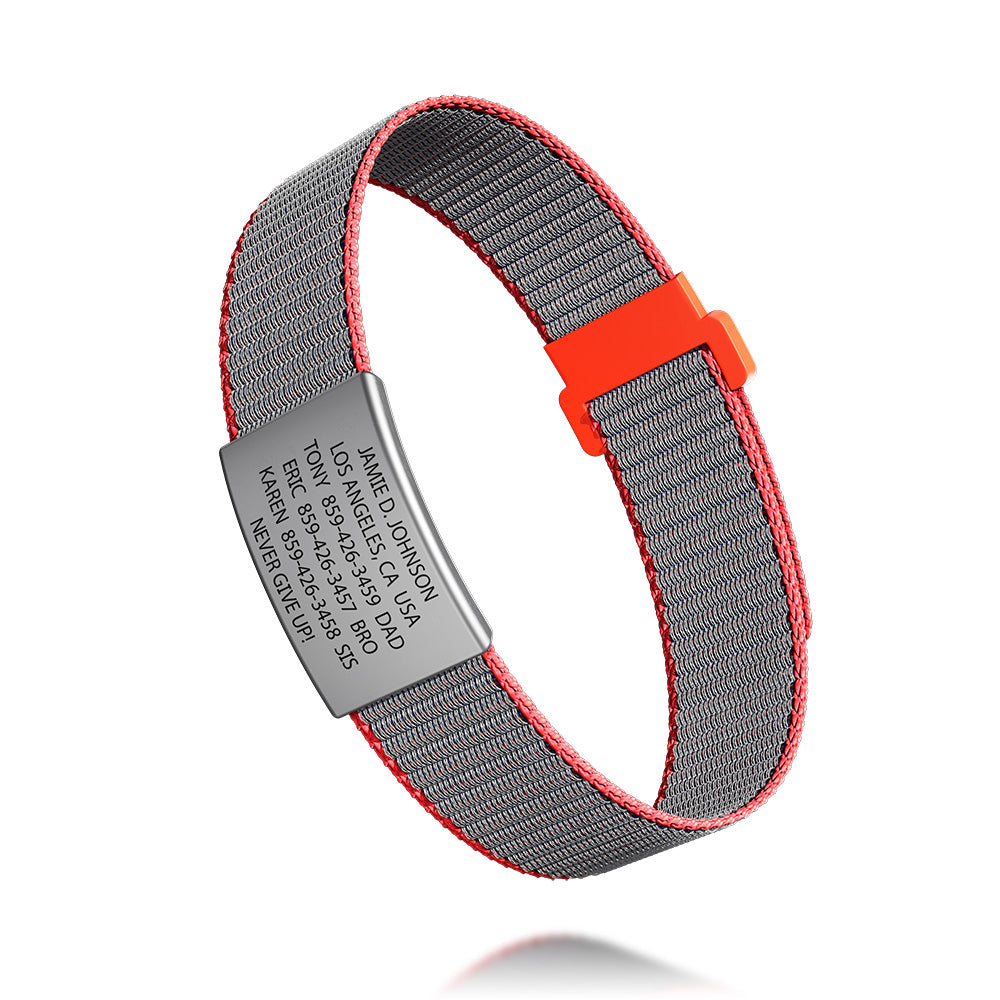Source: Africa Studio/Shutterstock
Type 1 and 2 diabetes in children can be difficult to manage. If you have a hyperactive child, it can be difficult to handle their disease, keeping them safe while allowing them to have a free, fun life.
While you can provide assistance while in your child’s presence, what do you do when you’re not around? You might feel as if your child has no protection, but a medical alert bracelet can keep your child safe.
But how does it particularly help? First, it’s worth discussing the symptoms and complications of diabetes, both type 1 and 2. With that in mind, we’ll know how medical bracelets help. They provide other adults and medical professionals with insight to a child’s medical emergency symptoms.
The Common Symptoms of Diabetes
Type 1 diabetes is a condition where your child’s body stops producing insulin. Insulin is a hormone that is essential for humans. To make up for this disease, regular insulin injections are needed, whether provided by needle or by pump. Symptoms of type 1 include:
- Fatigue
- Extreme hunger
- Constant thirst
- Frequent urination
- Sudden behavior changes
- Sudden weight loss
Type 2 diabetes is different from type 1, and is commonly seen in adults — hence, it being called adult-onset diabetes. Type 2 comes about by an increased consumption of sugar and other poor dietary conditions. The body begins having issues processing glucose. When untreated, it can cause sugar to build up in the blood, which can lead to severe complications.
Symptoms of type 2 include:
- Fatigue
- Blurry vision
- Frequent urination
- Increased thirst
- Weight loss
- Darkened skin around the neck and armpits
The Risks Diabetes Poses to Your Child
Now, the serious issue for children with diabetes are the risks and complications that come with the disease. The complications can be potentially fatal, so it’s important that the disease is handled to its best ability. However, medical emergencies still happen. Sudden emergencies can come about due to untreated diabetes, which has numerous detrimental effects on the body.
For type 1 diabetes, these complications include:
- Kidney damage
- Nerve damage
- Heart and blood vessel damage
- Loss of vision
- Osteoporosis (loss of bone density)
Type 2 diabetes complications include some of the following:
- Loss of vision
- Heart and blood vessel damage
- Nerve damage
- Stroke
- High blood pressure
- High cholesterol
- Fatty liver disease
This is why it’s important to manage your child’s blood sugar level throughout the day. That consistency is important to protecting their internal organs against diabetes.
But what do you do if something goes wrong? What if they miss an insulin shot while they’re at a sleepover? What if their blood sugar is far too high? What if their blood sugar gets far too low?

Source: Evgeny Atamanenko/Shutterstock
A medical alert bracelet can keep them safe in the event of an emergency.
Warn Others in Event of an Emergency
The greatest benefit of medical alert bracelets is how they assist your child with diabetes. But how do kids' medical alert bracelets assist diabetic children? A few ways they can help your child include:
- Informing fellow adults that your child has diabetes
- Informing others of your child’s medical condition if they’re drowsy or not paying attention
- Raise awareness if your child seems especially fatigued or is becoming incoherent
- Inform emergency services if calling, for instance, in the event your child becomes unresponsive
- Inform medical professionals of your child’s disease so they can react accordingly, administering care that will help
That’s the key benefit to medical alert bracelets. They inform others of our medical conditions. If a medical emergency were to happen, nearby strangers and medical professionals can act with information on their side. Rather than testing out methods to determine a diagnosis, they can work off the basis of knowing existing conditions and diseases.

Source: Africa Studio/Shutterstock
Protect Your Child When You’re Not Around
Worried how you’ll protect your child with diabetes? Kids’ medical alert bracelets can do just the trick. By informing others of your child’s disease, it allows both adults and medical professionals to act accordingly, keeping a watchful eye out for your child when they need it most.

